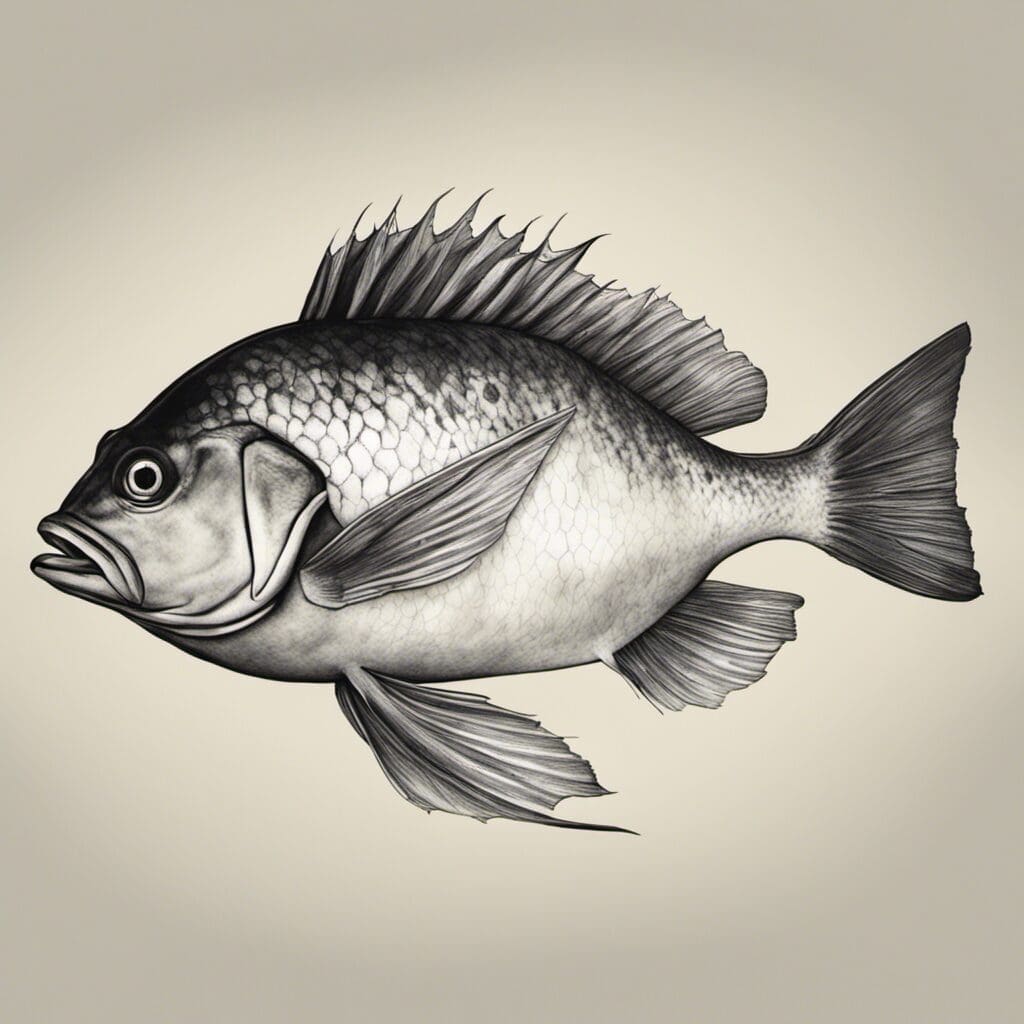Introduction
The Kahawai, scientifically known as the Arripis trutta, is a widely recognized species of fish within the family Arripidae.
Conservation Status
The conservation status of the Kahawai is listed as of least concern, thanks to its widespread distribution and large populations.
Statistics
| Length (Average) | Length (Range) | Weight (Average) | Weight (Range) | Average Lifespan |
|---|---|---|---|---|
| 40-60cm | 30-70cm | 1-2kg | 0.5-3kg | Up to 26 years |
Distribution
Kahawai are widely distributed throughout the Southern Pacific Region, particularly in the coastal waters of Australia and New Zealand. They have no known specific migration patterns but tend to move in schools.
Habitats
Kahawai are largely oceanic fish, but they can also be found in estuaries and sometimes even in freshwater. They have a depth range from the surface to 50 meters and can thrive in wide temperature ranges due to their broad geographic distribution.
When and Where to See
Kahawai is visible throughout the year, although spring and summer months tend to see greater numbers. They are most active early in the morning and late in the afternoon.
Best Fishing Locations
Kahawai can be found in numerous locations, but are most commonly caught in the following places:
- Manukau Harbour, New Zealand
- Port Phillip Bay, Australia
- Wellington Harbour, New Zealand
- Waitemata Harbour, New Zealand
- Nelson Bays, New Zealand
General tips for finding Kahawai include looking for diving birds as they often indicate a school of Kahawai beneath them. Additionally, rocky points and structures often attract Kahawai due to the abundance of food.
How to Catch
Preferred bait for Kahawai includes small fish, squid or shrimp. The use of lures is also popular and effective. Techniques for catching Kahawai include spinning, trolling, surfcasting, and fly fishing.
Identification Guide
Kahawai are recognized by their dark blue or greenish back with silver-white sides and belly. They have a slender and slightly compressed body, along with a large mouth containing sharp teeth.
Culinary
Kahawai offers a firm textured flesh with a moderate, distinctive flavor. It can be served smoked, baked, fried, or in pies. Nutritionally, the fish is a good source of protein, low in fat and provides a valuable source of Omega-3.
Additional Information
Kahawai is a predatory fish that feeds mainly on smaller fish and crustaceans. It is preyed upon by larger marine species like sharks. Also, they have a significant cultural value for the indigenous people of Australia and New Zealand, being featured in many traditional stories and rituals.
References and Further Reading
For a more in-depth understanding of the Kahawai species refer to the following sources. Remember, when clicking the links they will open in a new tab:
New Zealand Government’s Fisheries Site
New South Wales Government’s Fisheries Site
CSIRO

